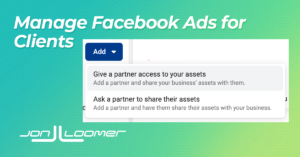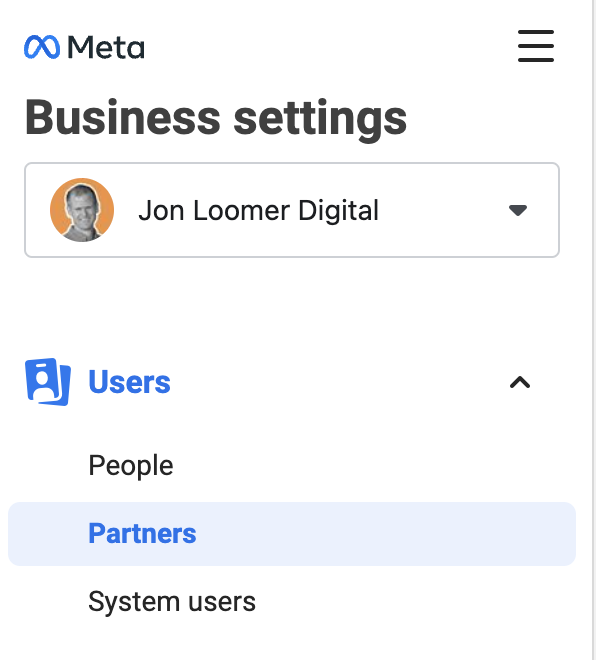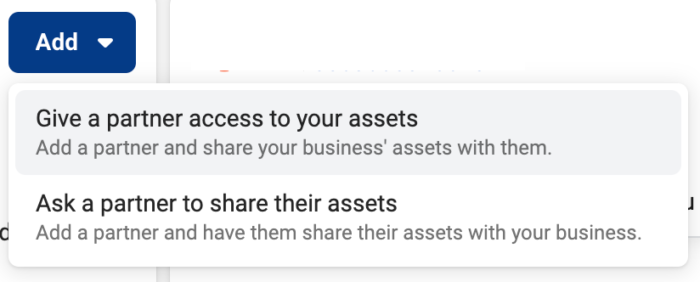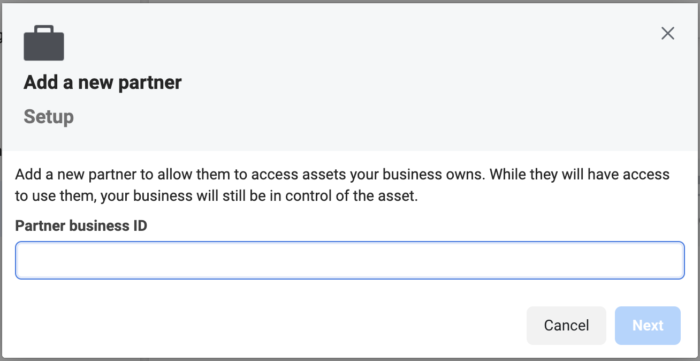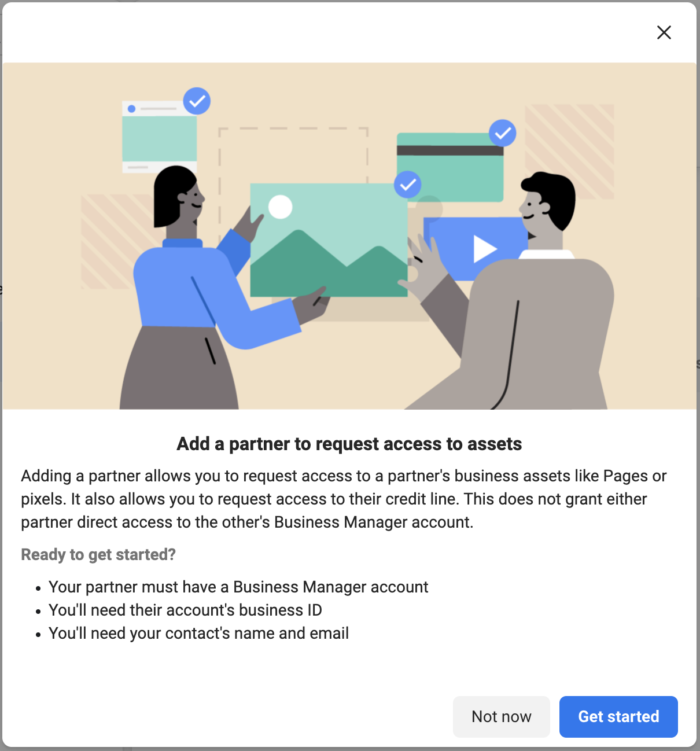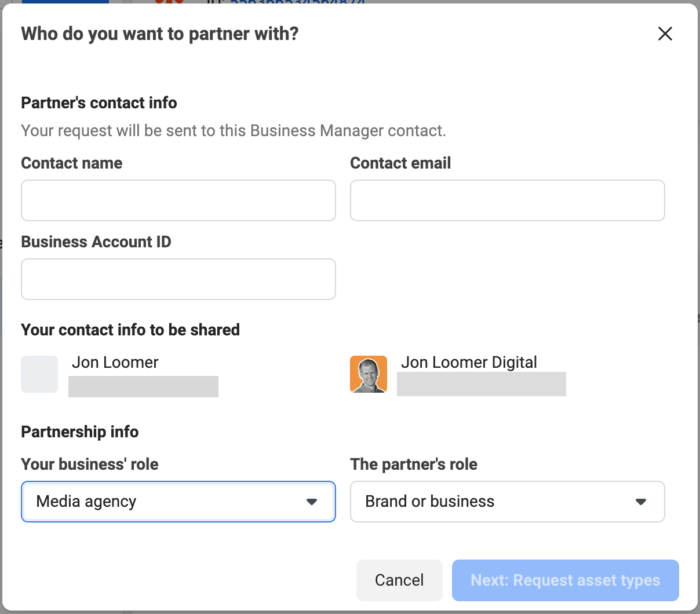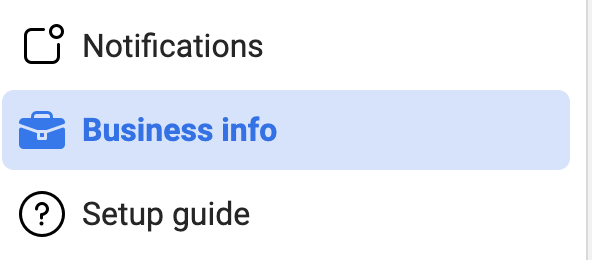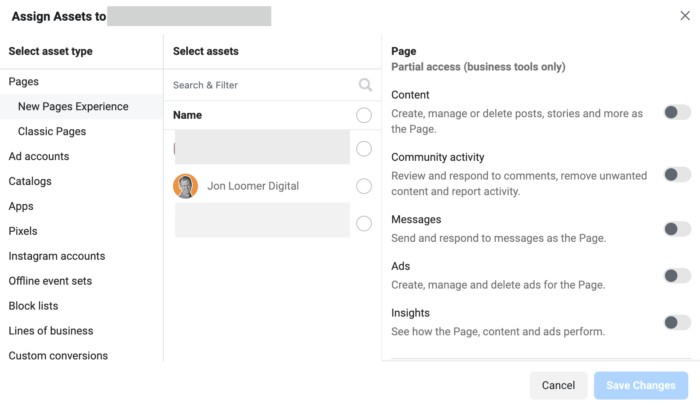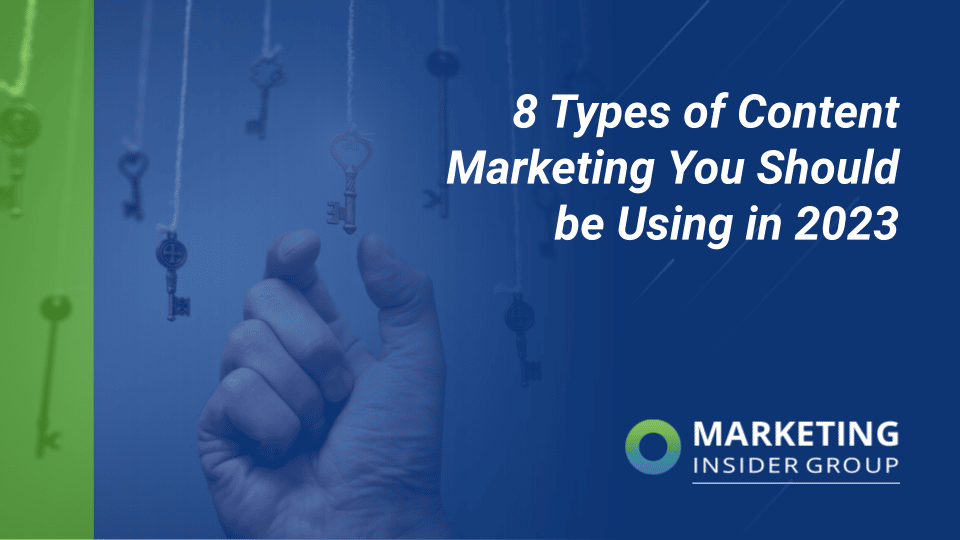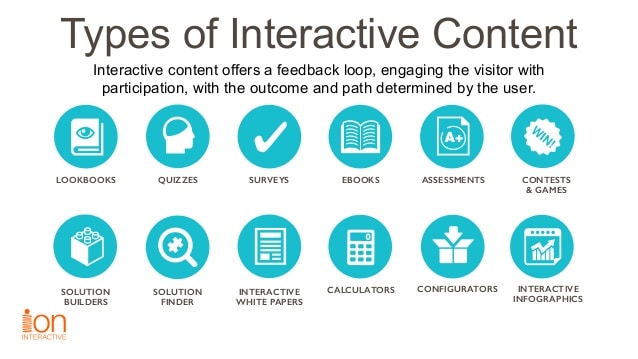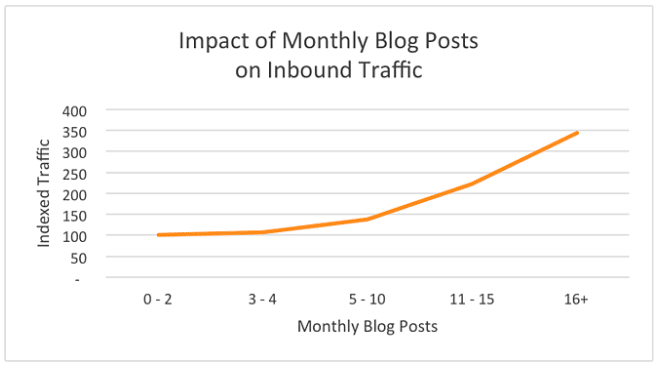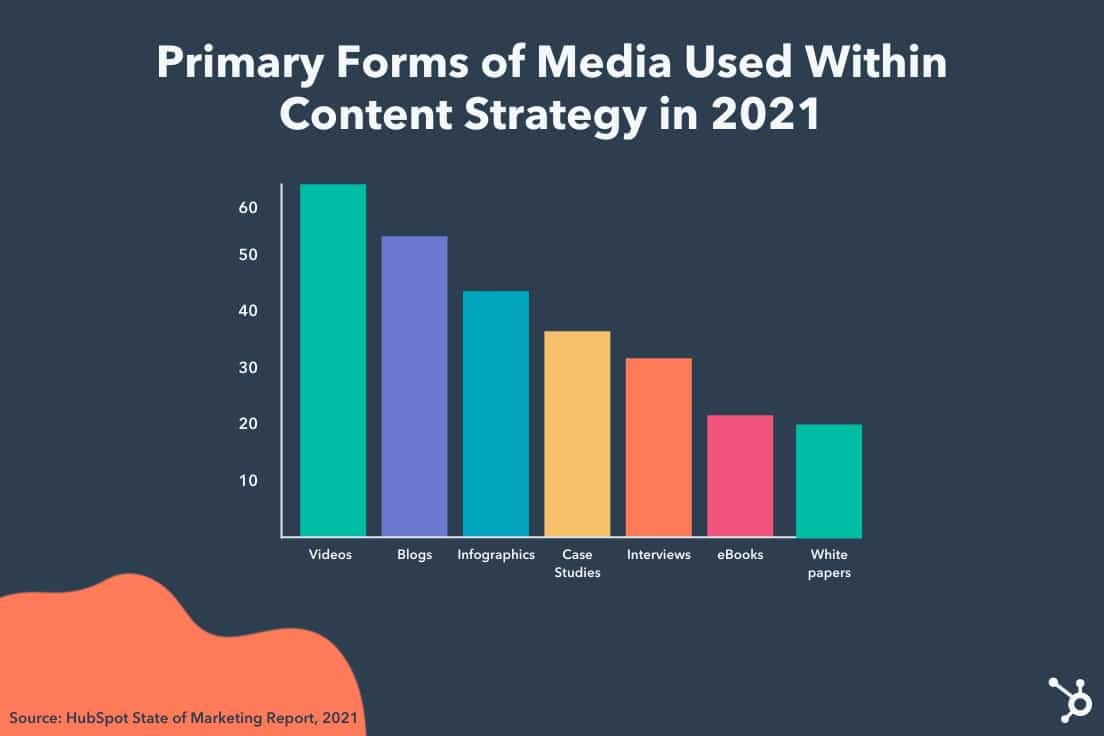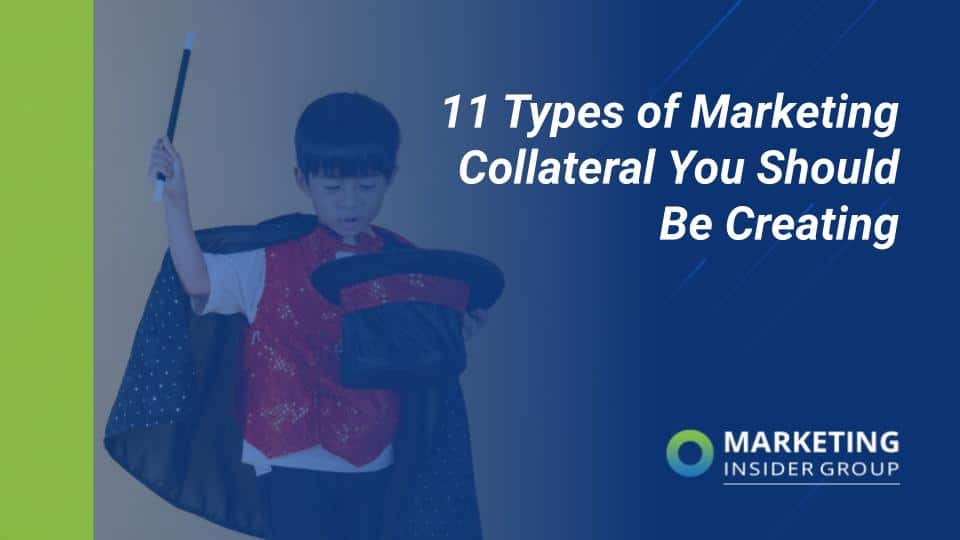
Does your business consistently share several types of marketing collateral? If not, you’re missing out on major opportunities for conversion.
Sure, the product descriptions and prices on your website are important – but they’re not enough to convince prospects that you offer trustworthy, high-quality products and services.
That’s where marketing collateral comes in. Sharing various types of marketing collateral establishes legitimacy, supports sales, and proves to site visitors that they’re in good hands.
Key Takeaways
- Marketing collateral establishes credibility, protects authority and builds trust with your audience, ultimately supporting sales and encouraging conversion
- Research shows that lack of trust is the #1 reason for customers not converting
- Traditional advertising aims to capture viewer attention, whereas marketing collateral works to retain and enhance customer relationships
- 99% of survey respondents say they enjoy watching video content from brands online
- A well-maintained blog drives traffic, generates leads and encourages conversion through education and expertise
Consistently creating various types of marketing collateral enhances your brand image by clearly communicating the value proposition of your business.
What Is Marketing Collateral?
Marketing collateral comes in many shapes and sizes, but each form shares a similar purpose: to establish credibility, protect authority and build trust with your target audience.
Research shows that lack of trust is the #1 reason for not converting. This makes establishing trust and credibility a major key to supporting sales and encouraging conversion.
Luckily, both traditional and digital marketing collateral builds trust with consumers by representing your business, communicating value and connecting your brand with your audience.
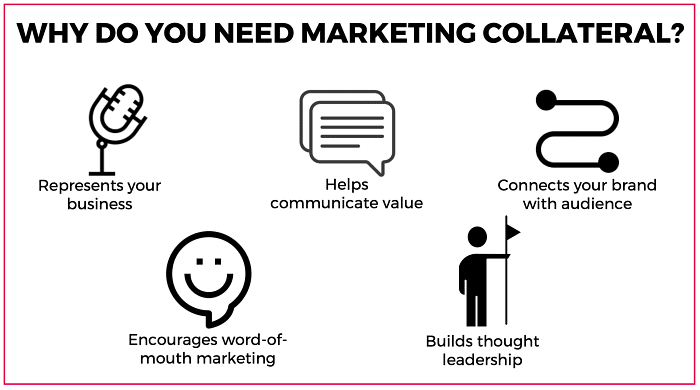
Image Source: Paper Flite
Marketing collateral is more informational than typical advertisements. Advertisements aim to capture viewers’ attention, whereas marketing collateral aspires to retain and enhance customer relationships. Sharing marketing collateral educates your audience, demonstrates expertise and drives brand loyalty.
Why Is Marketing Collateral Important?
Marketing collateral makes your business stand out in the crowd. Its educational nature is more convincing than basic advertising, and separates your company from competitors. Without it, your offerings are more likely to be overlooked or confused with that of other industry players.
Before potential customers convert, they consider the overall value of your business. Marketing collateral shows customers that you’re more capable than competitors, and completes the first step towards increasing customers’ perceived value.
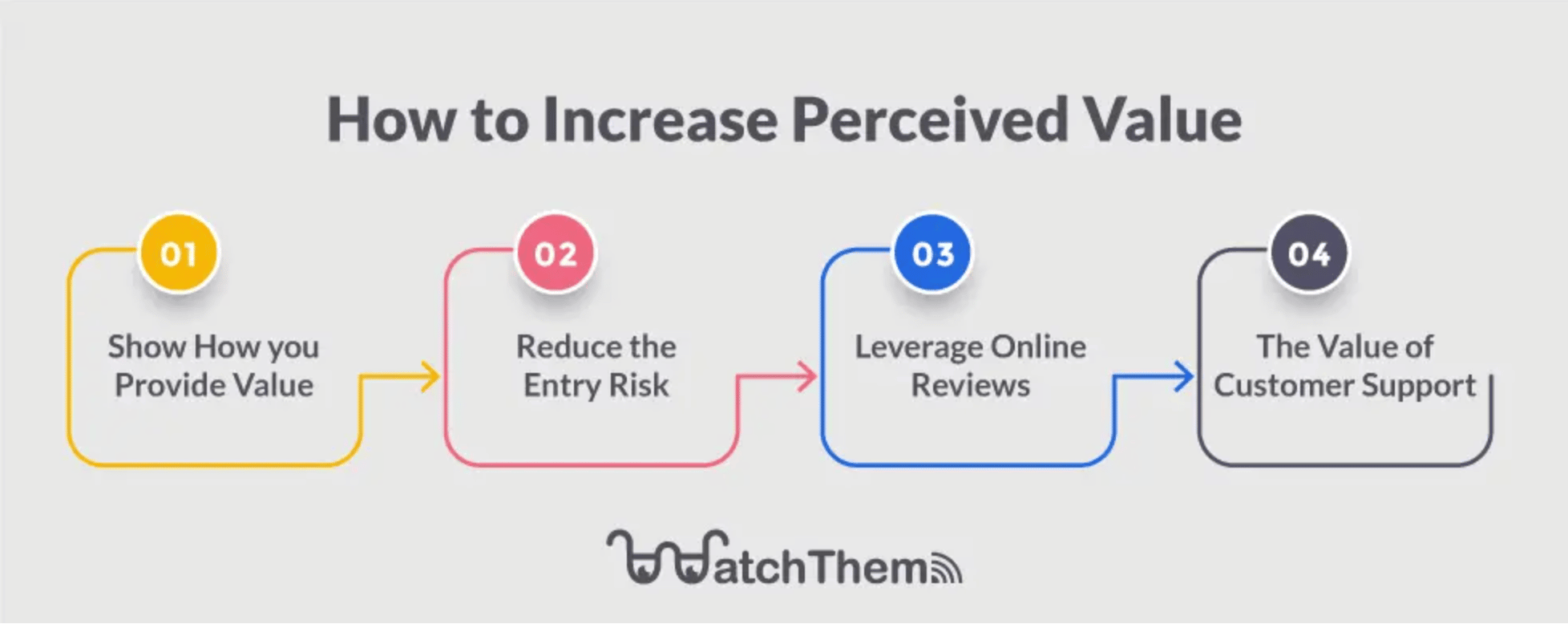
Image Source: Watch Them Live
Marketing collateral helps to achieve company goals, spread brand awareness and ultimately secure repeat business. To whichever audience or goal you wish to reach, demonstrating your business’s expertise with a few types of marketing collateral will get you much closer.
11 Types of Marketing Collateral
A healthy mix of marketing collateral will make a huge impact on the value of your content. First, identify your target audience and clarify company goals to determine which types of marketing collateral will maximize your efforts.
1. Blog Posts
The foundation of effective marketing is consistency. Regularly sharing blog posts is one of the most cost-efficient ways to demonstrate consistency to your audience. 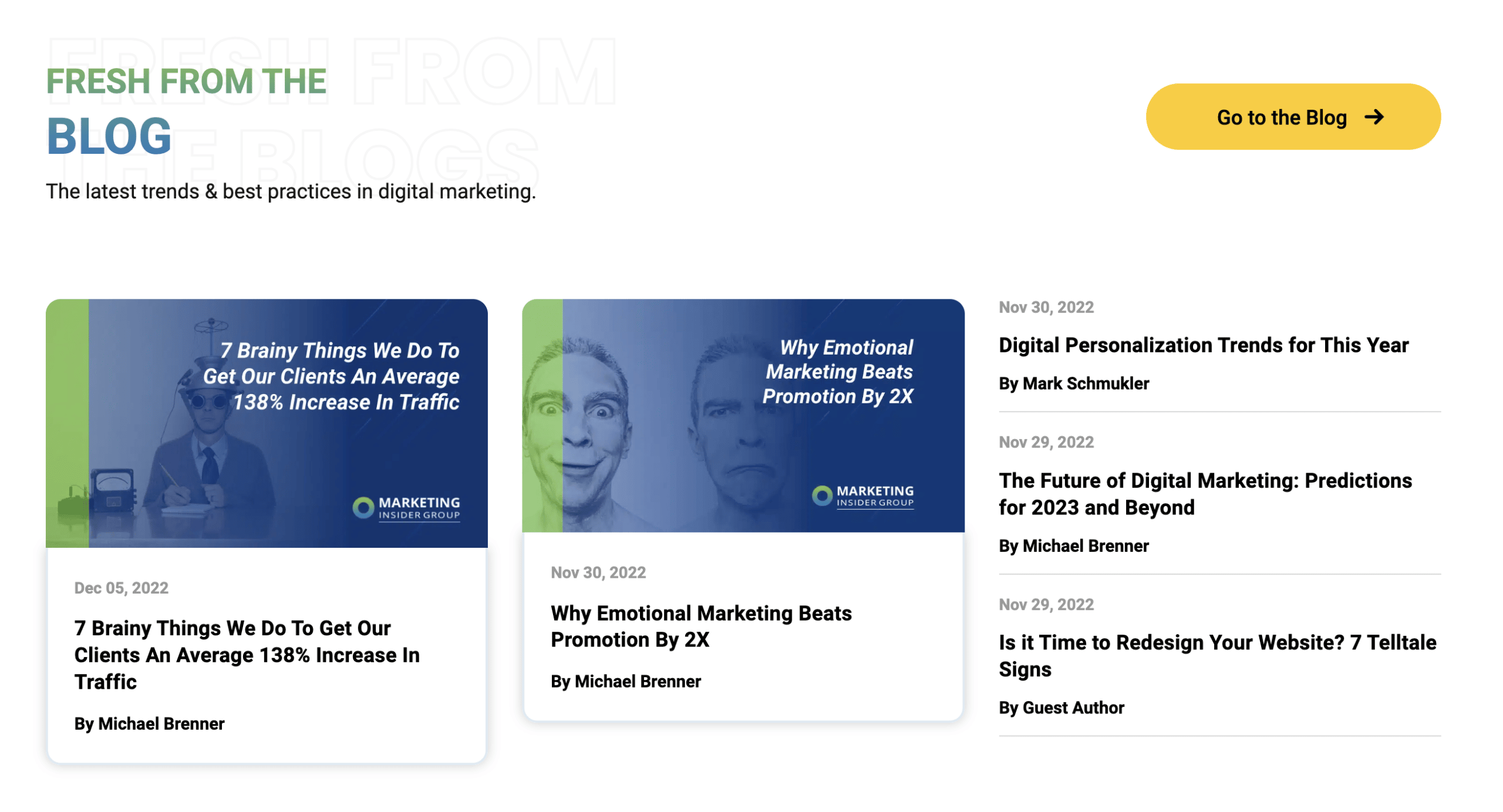
Blog posts act as supplemental material to sales by sharing valuable insight with readers. They answer relevant questions and concerns of your audience, and establish credibility within your community.
A well-maintained blog also drives traffic to your site, generates leads and encourages conversion through educational expertise. What more could a business owner ask for? To create the perfect blog post, learn about Marketing Insider Group’s expert strategy here.
2. Logo
Your logo is the face of your company, making it one of the most important pieces of the marketing collateral puzzle. Logos are the foundation of branding and appear on almost everything your business produces.
The perfect logo includes your company name and visually communicates your brand’s personality and purpose. Make a good first impression on your audience and create a logo that accurately represents your business.
3. Testimonials & Reviews
Testimonials and reviews provide positive feedback from clients who have previously worked with your company. Sharing positive client reviews allows prospects to understand the outcome of working with your company, and establishes credibility within your community.
Easily accessible, positive testimonials provide proof of the benefits your company offers. They also make clients feel confident in their decision to invest in your business.

Featuring testimonials and reviews on your homepage and landing pages is a great way to casually let prospects know you’re the real deal.
4. Social Media
In today’s world, a brand’s social media presence is key to spreading awareness. Social media platforms are one of the quickest, most cost-efficient ways to educate your audience and build credibility.
With so many popular social media platforms available, it’s important to be strategic about which ones are best for reaching your target audience:
- YouTube
- TikTok
Use your marketing time and effort wisely! Narrow down which channels are best for creating an educational experience for your online community and share content consistently.
5. Videos
Did you know that 99% of survey respondents say they enjoy watching video content from brands online? This makes video content one of the valuable types of marketing collateral your business can offer.
In particular, explainer videos are an ideal way to educate and appeal to your audience. Explainer videos provide a short, easily-digestible explanation of the benefits and features offered by your products and services.
Sharing explainer videos is a simple way to convince your audience that you’re knowledgeable, reliable and prepared to solve their problems. Enjoy the short explainer video below to see an example of educating, engaging and entertaining your audience.
6. Websites
Similar to your brand logo, your website is a hub for all things related to your business. Here, your audience will expect to find everything necessary to make an educated purchase decision.
As one of your strongest marketing assets, your website should be treated with care. Optimize your page for search engines, lead generation and conversion. Design landing pages with minimal text and a clear call to action to collect information for prospects.
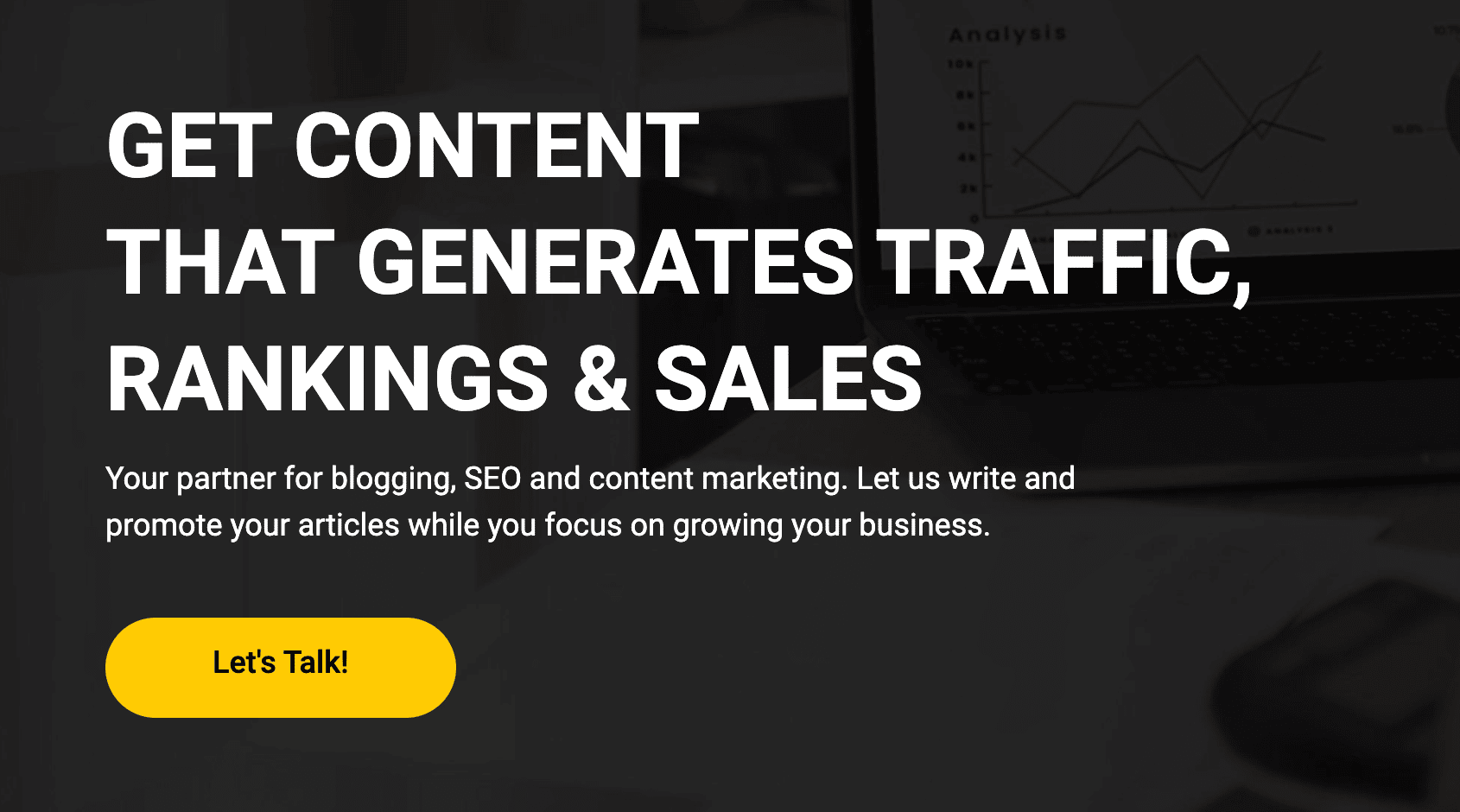
Optimizing your website to perform well in searches, or SEO, will lead to more site traffic and likely increase your conversion rate.
7. Infographics
Infographics are depictions of information and data offered in a visually pleasing layout. They give readers a break from consuming lengthy text and offer a form of educational content that’s easy to digest. Infographics most often come in the form of:
- Illustrations
- Graphs
- Charts
Infographics allow you to simplify dense content, making it easier to win your audience’s attention. Share infographics as standalone content, or feature them in blog posts as supplemental marketing collateral!
8. Case Studies
Case studies are a great way to publicly share your business’s success stories. They demonstrate how you’ve helped clients in the past and provide concrete proof of your company’s value.
Case studies are generally composed of four main components:
- The Challenge
- The Solution
- The Result
- The Client’s Testimonial
Before crafting a case study, it’s important to first interview your client to gain an accurate understanding of their perspective. Doing so allows you to share a valuable, first-hand experience of how your business helped solve your client’s problems.
9. Email Signature
Did you know your email signature qualifies as one of the many types of marketing collateral? Those hundreds (or thousands!) of weekly emails you’re sending each provide an opportunity to promote your products and services.
The most informative email signatures include the following information:
- Your Full Name
- Your Full Company Title
- Direct Phone Number and/or Email Address
- Professional Website & Social Media Links
- Consistency in Colors and Fonts
Not only do email signatures encourage prospects to take action, but they also serve as a well-rounded first impression to new clients.
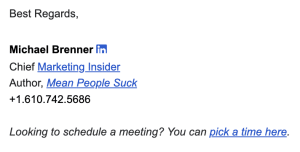
You’d be surprised at how many leads are generated by a compelling email signature!
10. Ebooks
Ebooks are the lengthier, more in-depth cousin of blog posts. They also establish credibility, encourage engagement and educate your audience, but dive a bit deeper into informative content.
In most cases, ebooks are downloadable and only accessible to readers after they’ve submitted their contact information to your business. This makes them a powerful marketing tool for generating leads and driving more traffic to your site.
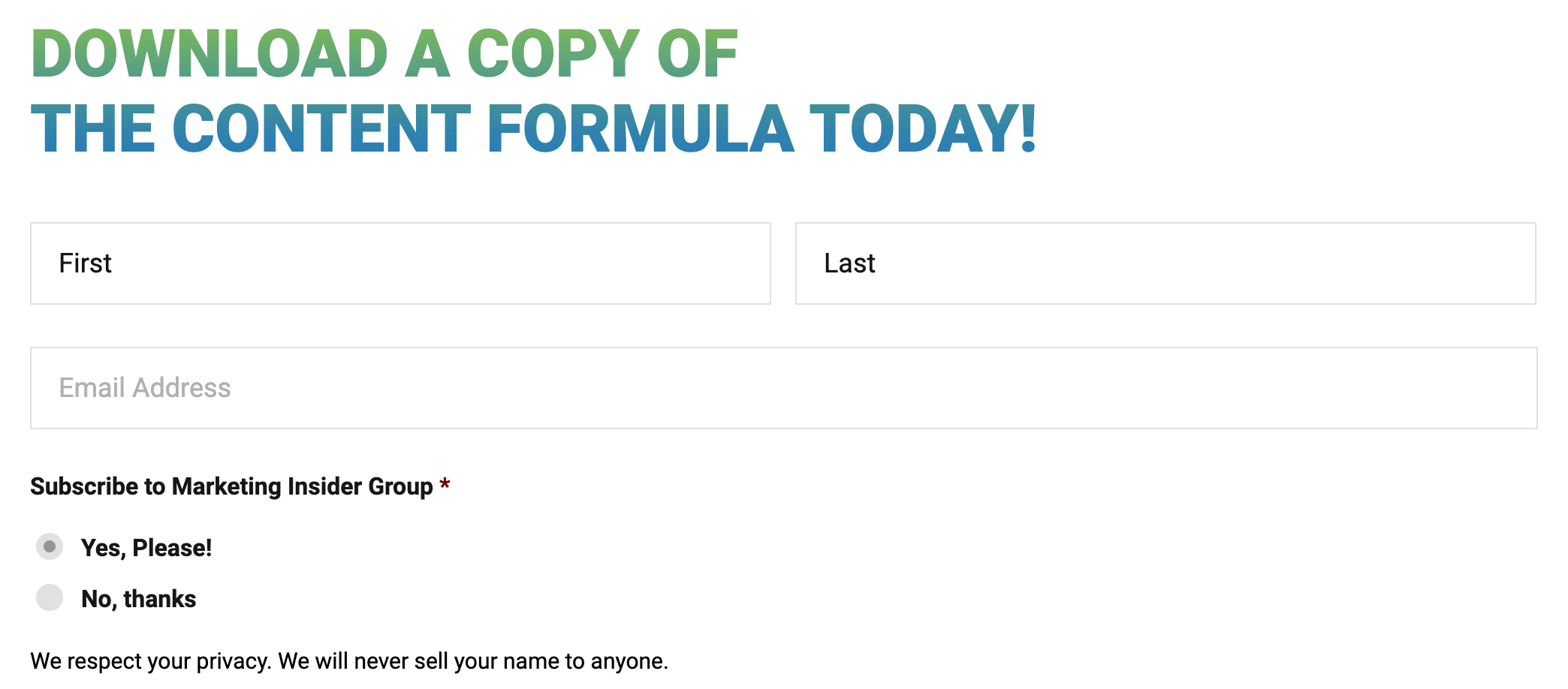
Sharing ebooks that demonstrate your expertise convinces clients of your credibility and heightens their chances of converting.
11. Whitepapers
Whitepapers are technical documents intended to communicate a specific level of mastery and skill. They are persuasive, authoritative and extensive in nature, providing current clients with concrete solutions to technical problems.
Whitepapers are created with intent to educate and shouldn’t be confused for a product pitch. They should add value to the rest of your marketing content, after being researched with care, formatted with intent and polished with a keen eye.
Lastly, remember that clients reading your whitepapers are looking for answers, not entertainment. Skip the witty humor and communicate your topic with clarity and expertise.
Create Marketing Collateral Today
Among the many types of marketing collateral, each one offers a reliable vehicle for driving traffic, educating your audience and encouraging conversions. Businesses that establish trust within their community gain loyal customers and secure repeat business.
Constant creation of marketing collateral takes precious time and effort. Deliver consistent marketing content by checking out Marketing Insider Group’s SEO Blog Writing Service today, or schedule a quick consultation now to learn more!
The post 11 Types of Marketing Collateral You Should Be Creating appeared first on Marketing Insider Group.
Did you miss our previous article…
https://www.sydneysocialmediaservices.com/?p=4333

